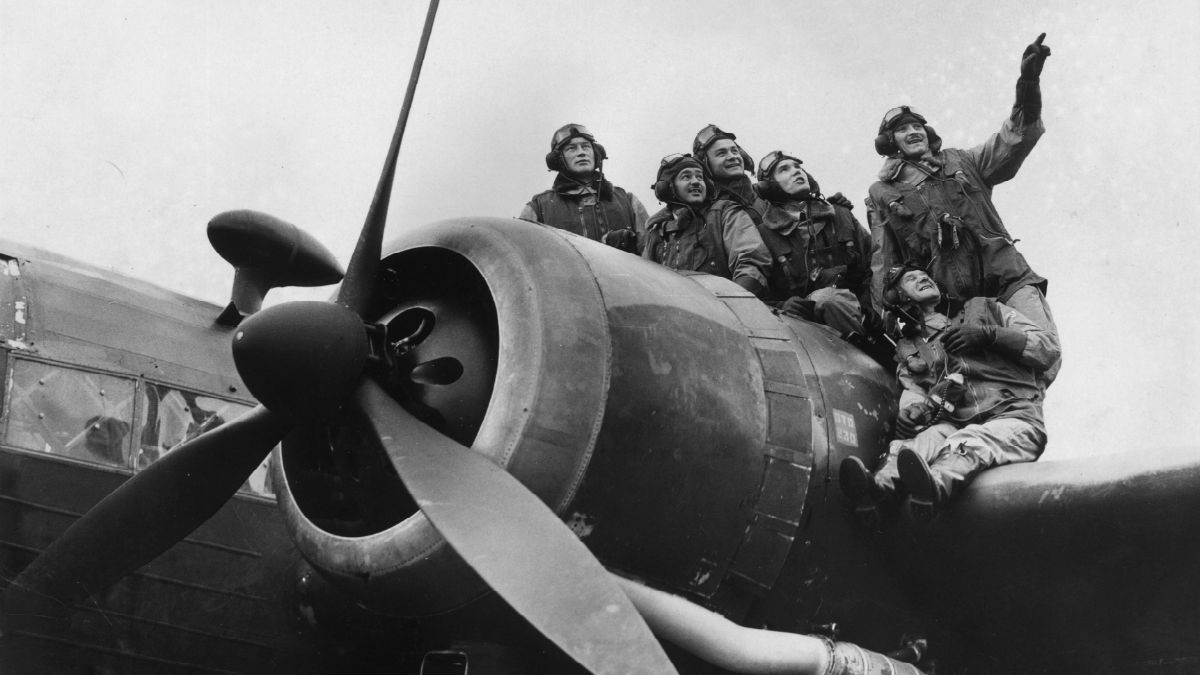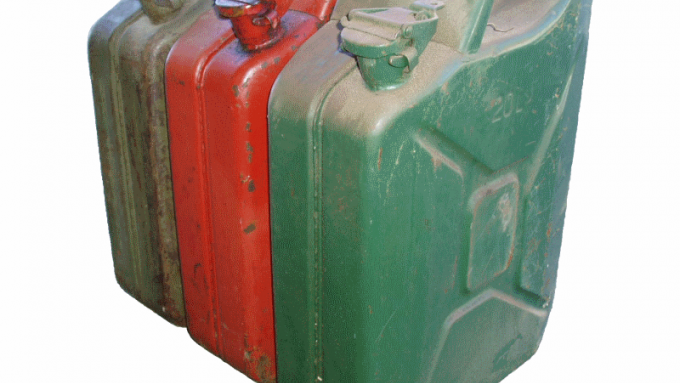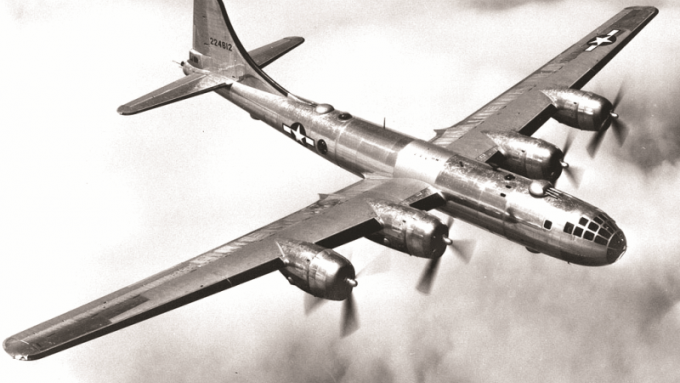Top inventions and technical innovations of World War 2
Much of the technology we take for granted today was developed in the Second World War and helped shape the world today

Saying that World War II completely changed the world always sounds like either a massive understatement or a trivialisation of the entire conflict; but, the simple fact is that the war really did change everything, including ushering in a new technological age. As we approach the 70th anniversary of the end of the war, the staggering truth is that the conflict continues to have an impact on the way that we live, and in more ways that you may expect. One of the most incredible things is that so many of our 'modern' inventions and, thus, way of life, have their direct origins in the war. As well as being a terrible period showcasing the worst of the human race, it pushed and developed inventions at a rate that has never been equalled.
While the inventions and technological improvements of this war can never be justified against the appalling loss of life, World War II completely shaped the technological world that we live in now. Without this conflict, we simply would not have access to the wide range of technology that we use on a daily basis. With the war encompassing vast chunks of the globe, the stakes were incredibly high. It's against this backdrop that governments put vast sums of money into the research and development of technology to help them win the war. World War II saw projects being green lit that in peacetime wouldn’t have gotten off the ground. It also made people think in a completely different way, coming up with inventions that simply wouldn't have happened at the same pace in peace time.
While the ultimate aim of any research was to find better ways of destroying the enemy, post-war lots of inventions have proved just as effective at improving lives. To give just a quick preview of what's to come, jet engines, computers, navigation systems, microwave ovens and the technology to put man on the moon all came from technology invented or rapidly improved upon during the war.
The Week
Escape your echo chamber. Get the facts behind the news, plus analysis from multiple perspectives.

Sign up for The Week's Free Newsletters
From our morning news briefing to a weekly Good News Newsletter, get the best of The Week delivered directly to your inbox.
From our morning news briefing to a weekly Good News Newsletter, get the best of The Week delivered directly to your inbox.
It's this that we're looking at in this feature, as we examine how technology used during the war has developed over the 70 years since it began. From this feature you'll see how this period has seen the biggest technological leap forward that the world has ever seen, shaping the lives that we all live today.
11. The dynamo-powered torch
Power was always a problem during WWII and in 1943 in occupied Netherlands the Philips company built a dynamo-powered flashlight for the troops. Powered by a handle on top, light was generated by squeezing the handle on top. The unit had no battery to charge, so power was only generated while the handle was being rapidly depressed. The torchs were nicknamed the knijpkat (roughly translated as squeezed cat) due to the noise that the dynamo made.
Although previous examples of dynamo-powered torches exist, Philips managed to mass produce them and popularise them: the torches were still on sale in the 50s! They were also built to last: we have one and, more than 70 years later, it still works using the original components and bulbs. Still available today, most torches use a hand crank that charges an internal battery, giving more use for less effort.

10. The Jerrycan
Called the Wehrmachtskanister by the Germans, the Jerrycan is a robust container designed for carrying fuel around. It was invented at the bequest of Hitler to provide a way of transporting fuel by hand. The clever design was reverse engineered by the Allies and put into service to replace their existing canisters, which were easy to puncture.
A free daily email with the biggest news stories of the day – and the best features from TheWeek.com
The Jerrycan is clever for several reasons. First, it has three handles, which lets a can be carried by one person or two people easily, plus passed along a human chain like a bucket full of water for putting out a fire. When empty, the three handles means two cans can be placed side-by-side and one person can carry two Jerrycans in each hand.
The cross design on the side helps strengthen the can, while allowing the contents to expand. There was also an air pocket under the handles. A cam lever release mechanism and short spout with an air-pipe to the air pocket allows smooth and accurate pouring on the contents.

^The humble Jerrycan, a clever design that hasn't been surpassed in decades of use
9. Pressurised cabins
Flying at high altitude puts occupants of an aircraft at risk of hypoxia (poor oxygen levels in the blood), altitude sickness, decompression sickness and barotrauma (cause by pressure differences). Despite these risks, bombers at the start of WWII were only equipped with oxygen masks, which restricted movement and were prone to failure.
Until the B-29 Superfortress was introduced in 1944, only experimental aircraft had been produced with pressurized cabins. For this plane, the Americans created the first cabin pressure system, with the nose and cockpit sections linked to the aft via a long tunnel, all pressurised. However, the bomb bays remained unpressurised. Even so, this advancement meant the crew could move around in comparative comfort. After the war, the benefits of pressurised cabins were rolled out to passenger planes, allowing us all to fly at high altitudes in relative comfort.

^ The American B-29 Superfortress was a pioneering aircraft with its pressurised cabin
Click here for more inventions and innovations of World War 2
-
 Is $140,000 the real poverty line?
Is $140,000 the real poverty line?Feature Financial hardship is wearing Americans down, and the break-even point for many families keeps rising
-
 Film reviews: ‘The Secret Agent’ and ‘Zootopia 2’
Film reviews: ‘The Secret Agent’ and ‘Zootopia 2’Feature A Brazilian man living in a brutal era seeks answers and survival and Judy and Nick fight again for animal justice
-
 Trump: Losing energy and support
Trump: Losing energy and supportFeature Polls show that only one of his major initiatives—securing the border—enjoys broad public support